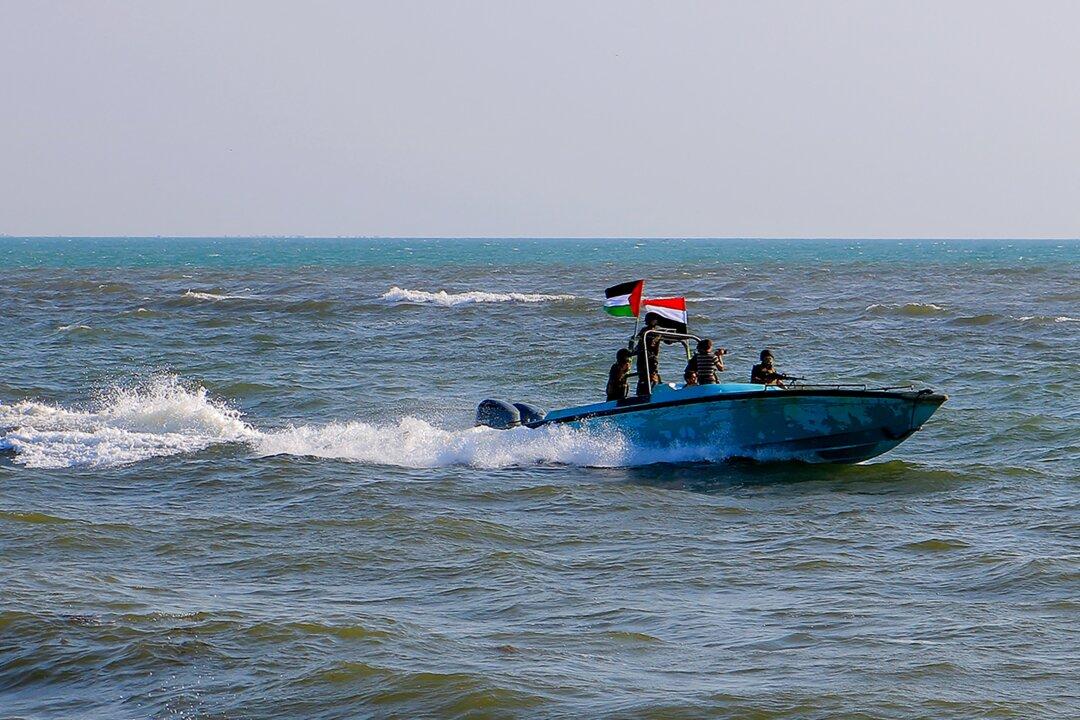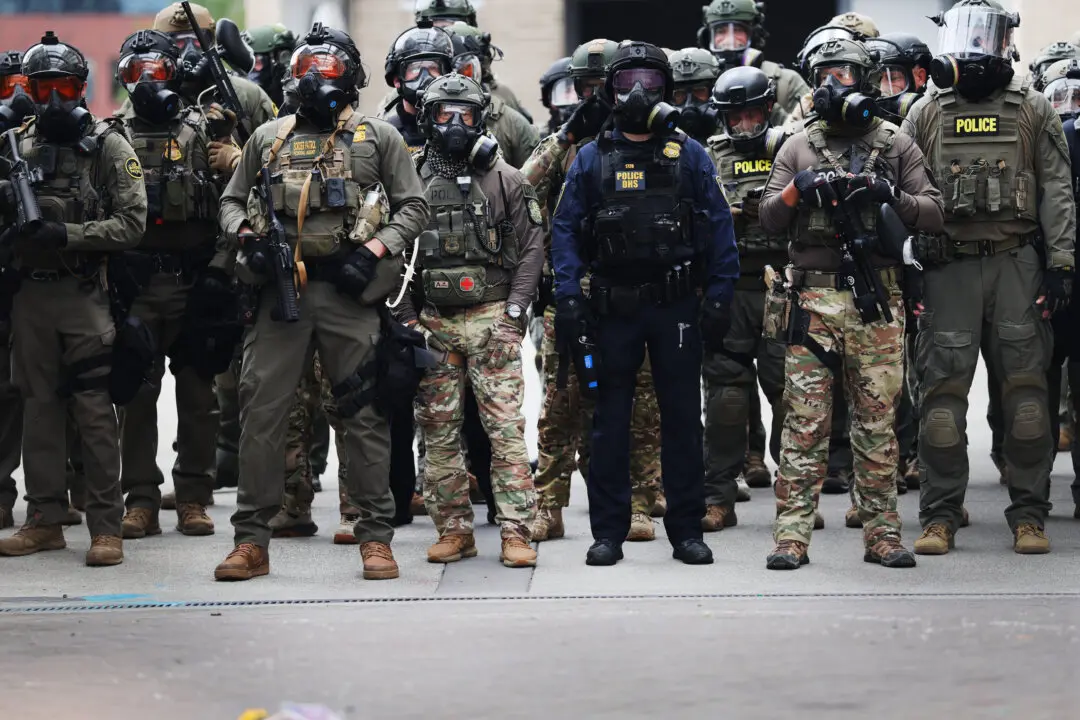Global internet traffic has been affected by damage to multiple undersea cables in the Red Sea, a region that’s seeing intense conflict between Houthi rebels and Western forces.
“Among 15+ submarine cables in the Red Sea, 4 of them (Seacom, TGN, AAE-1, EIG) are cut which we estimated impact 25 percent of traffic” in that area, Hong Kong telecom company HGC Global Communications said in a March 4 statement.





